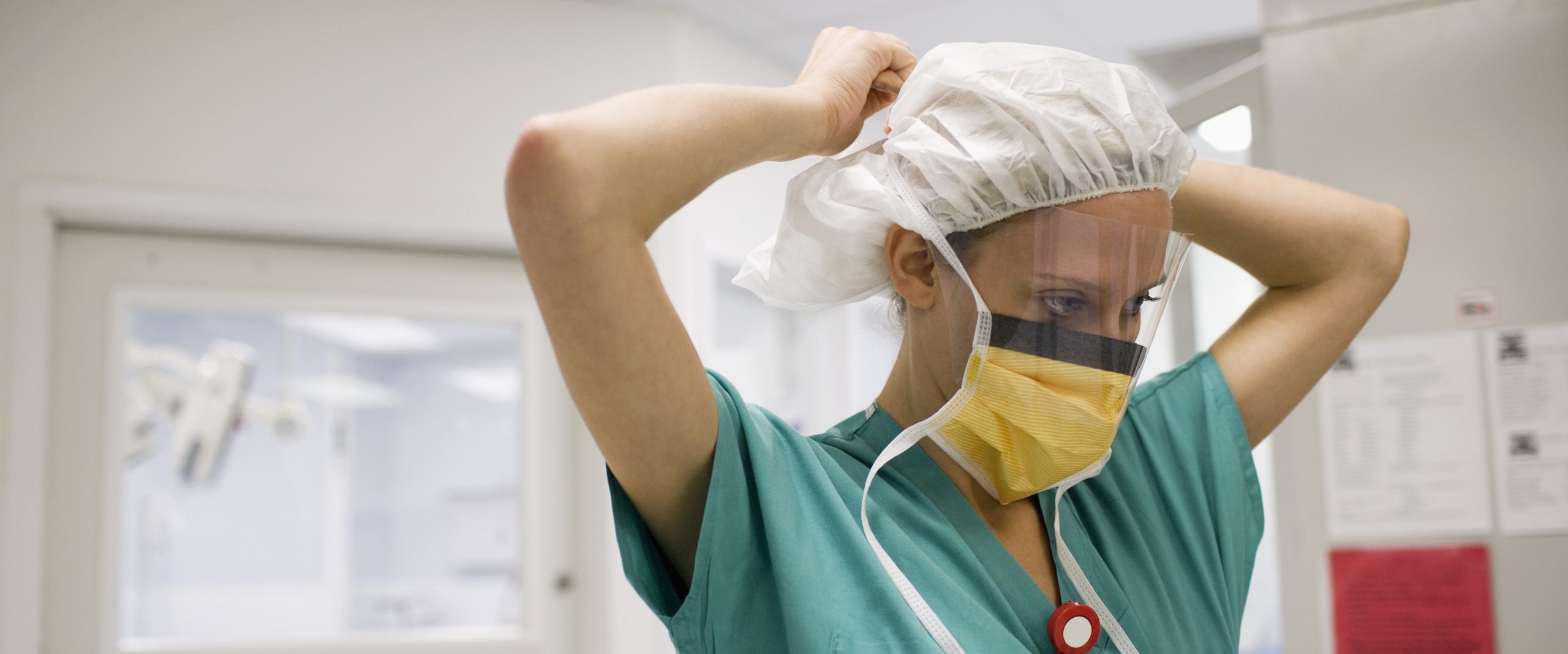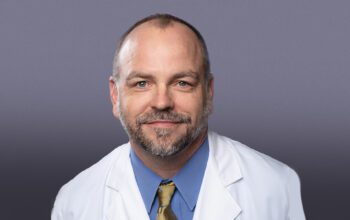Strategic partnerships strengthen our ability to serve our patients and our communities.
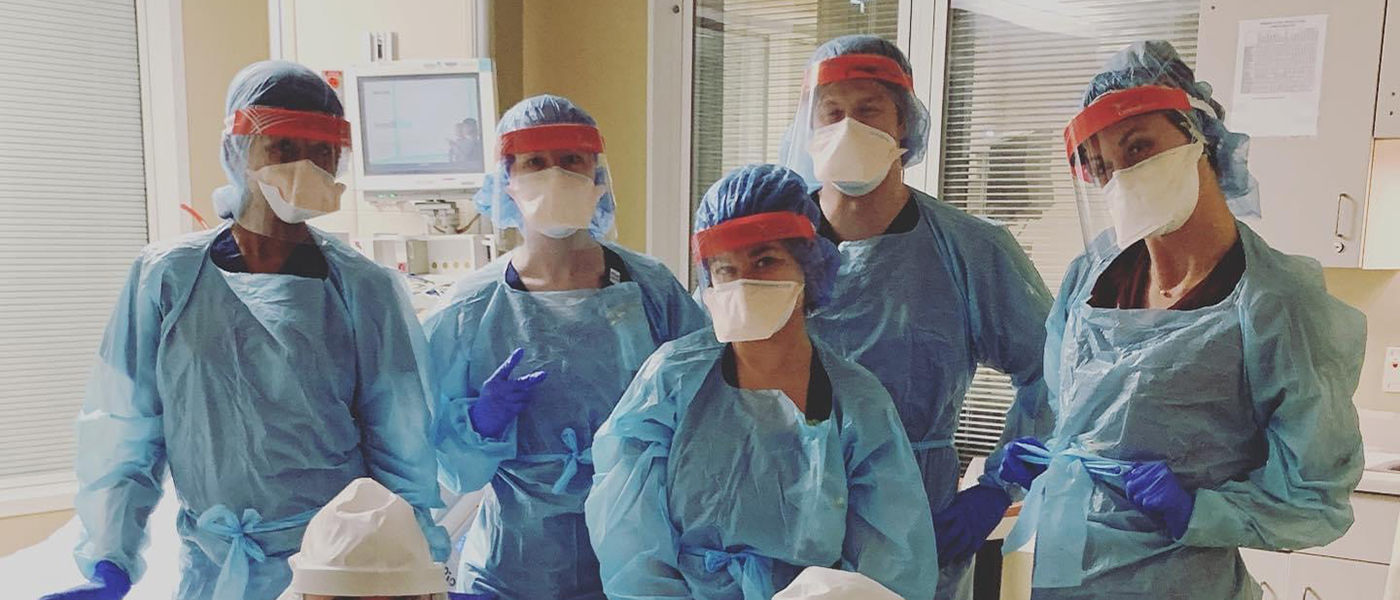
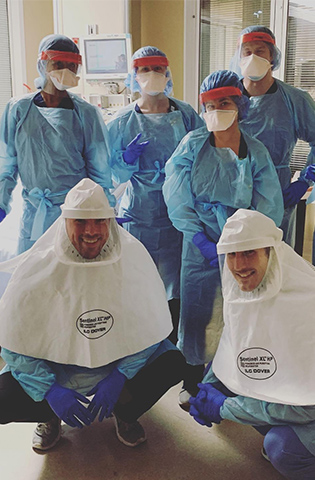
As we face one of the most significant global health challenges of our lifetime, we find ourselves with the ability to uncover new opportunities. One such opportunity for our organization has been identifying and sourcing additional supply chain providers and forming partnerships with government and community agencies. We’re also working with technology companies and other health systems to share resources and capabilities, creating innovative alliances that help improve the national response to COVID-19.
Data portal
In early April, we partnered with Google Cloud and SADA Systems—a cloud-based solutions provider—on the COVID-19 National Response Portal, an open data-sharing platform. Information can be submitted to the portal each day from hospital systems nationwide. Metrics include supply and use of ICU beds and ventilators; number of positive, negative and pending COVID-19 test results; and number of healthy patients who have been discharged.
“By pooling our data into one cohesive platform, we can share best practices to better prepare communities across the country for this unprecedented pandemic,” says Mike Wargo, HCA Healthcare’s vice president of emergency preparedness. (To learn more about the National Response Portal, read our Colleague Q&A with Chief Data Officer Dr. Edmund Jackson.)
“You can’t even imagine what is going on behind the scenes or how hard everyone is working to keep our staff safe. Even in this chaos, I wake up every day feeling blessed to have the team we do.— Samantha Hackley, supply chain clinical resource director, Blake Medical Center, Bradenton, Fla.
Ventilators and PPE
Ed Jones, CEO of purchasing entity HealthTrust, was instrumental in the creation of the Dynamic Ventilator Reserve. He worked on its development with the American Hospital Association, the Federation of American Hospitals, the White House Coronavirus Task Force and other major healthcare group purchasing organizations.
The reserve—which includes an online inventory of ventilators and associated supplies—is a concept that can be applied to other critical areas of need that may emerge as the pandemic continues to evolve. One area of persistent concern throughout the healthcare industry has been the availability of personal protective equipment (PPE) for front-line colleagues. So we’ve made it our mission to ensure that everyone has what they need, when they need it.
“Toward the end of January, we got concerned there might be export challenges,” says Trina Kaylor, HCA Healthcare’s vice president of clinical operations. “We started thinking about what happens if the supply stops, and we began aggressive sourcing to protect our supply. We weren’t even looking at a COVID-19 surge in the U.S.; we were just focused on our supply chain and working to get ahead of this thing to protect staff
and patients.”
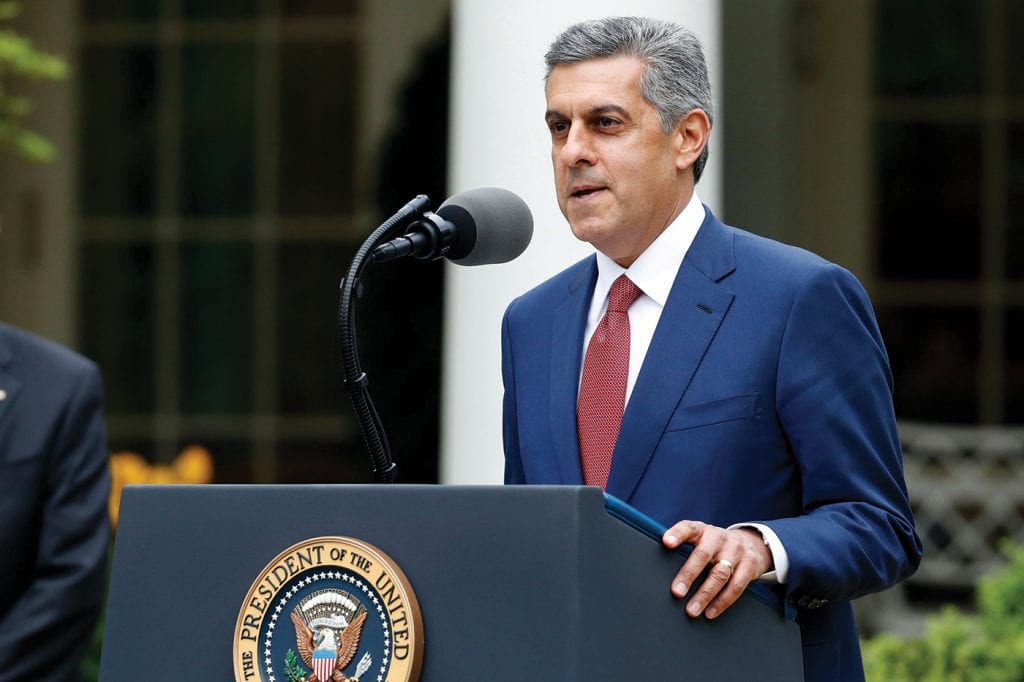
HCA Healthcare CEO Sam Hazen took part in a White House briefing with President Trump on April 14 to announce the launch of the Dynamic Ventilator Reserve.
“We had unprecedented challenges in front of us,” Ed explains. “Worldwide, demand for PPE was outstripping supply. The majority is produced in China. Production went offline for about six weeks, stretching capacity even more.” He says they worked with existing suppliers to move capacity to other locations.
“Any time there’s a disaster, we have to make sure our providers have what they need to take care of themselves and their patients,” Trina adds. “COVID-19 has changed things. Now you have to think, is that really the right strategy when you think of the volatility of the supply chain and mission-critical supplies? I think it looks a little bit different now.”
“We’ve seen a Herculean effort from everyone,” says Ed. “It’s been impressive to watch and humbling to be a part of.”

Community partnerships
The value of community partnerships becomes even more apparent in times of crisis.
Joanne Pulles, vice president of community engagement and president of the HCA Healthcare Foundation, says her team aims to work at the intersection of community need and organization strategy. “Strategy is all about taking care of our patients and our caregivers who are on the front line. In terms of the community, I think we’re only beginning to realize the depth of the [pandemic’s] impact.”
HCA Healthcare’s unique size and scale can benefit community engagement, as they benefit other areas of the organization, Joanne says. For example, a new national partnership with the YMCA grew from Community Engagement and HR business partners working with local YMCAs to identify childcare services to support our colleagues and other medical professionals.
March of Dimes is another longstanding partner. In a typical year, HCA Healthcare would’ve been promoting the organization’s annual walk. This year, in the midst of social distancing practices, our promotion efforts centered on Facebook Live events supporting new moms and moms-to-be during these uncertain times.
We also continue to partner with the American Red Cross, and we joined a coalition of the nation’s leading mental health advocacy groups, the largest healthcare insurance companies and the U.S. Department of Veterans Affairs to launch Psych Hub—a package of free digital resources to address mental health needs during the pandemic.
“[Hurricane] Katrina, [the mass shooting in] Las Vegas, COVID-19—these are defining moments,” Joanne says. “This was probably the most challenging defining moment I’ve ever seen our organization face. I’m so proud to be part of an organization that showed up the way we did.”
This was probably the most challenging defining moment I’ve ever seen our organization face. I’m so proud to be part of an organization that showed up the way we did.— Joanne Pulles, vice president of community engagement, HCA Healthcare
Feeding Nashville's Homeless
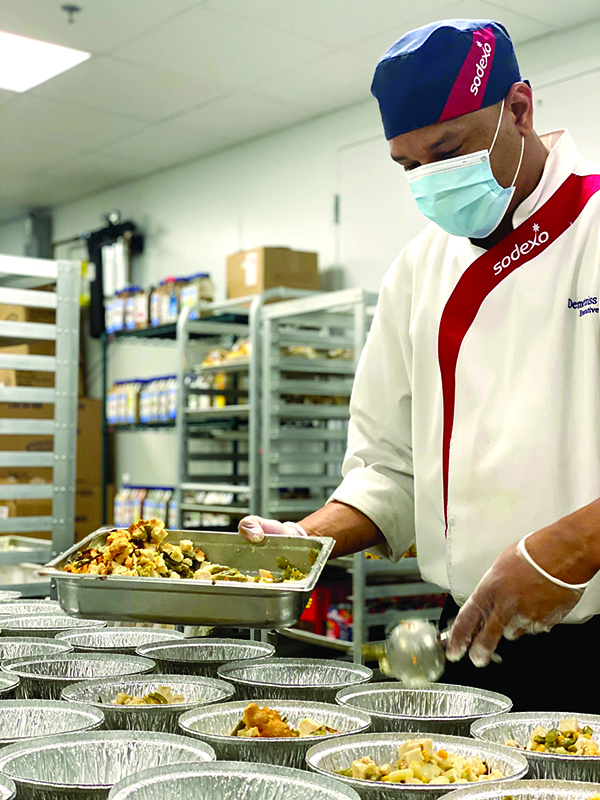
Most days, our Sodexo partners would be busy preparing meals for our corporate office in Nashville. During the COVID-19 crisis, days are anything but normal.
Joanne Pulles saw a prime opportunity to help the city’s homeless community. “The organization made an incredible commitment to keep all of us employed during this time,” she says. “We really did not have work for our Sodexo partners to do, but we wanted to keep them busy and employed.”
Joanne says the community needed someone to make meals for homeless people in a shelter set up by the city. “I reached out to a contact at Second Harvest Food Bank and shared with her that we had kitchens available and people who could do the work. The pieces came together in record time.”
Each day, as many as 25 Sodexo employees prepare 600 ready-to-eat meals, using food donated by Second Harvest, and deliver them to the temporary shelter for homeless residents.
“It’s all good,” Joanne says. “We keep our people employed, work with a valued community partner and provide wonderful meals for our homeless neighbors.”
(Pictured at top, from left: Dr. Joyce Williams, ICC Intensivist; Tessa Starkey, RN; Rachel Oddo, BSN, RN; Kevin Homen, RN; Kimberly Harvey, BSN, RN, CCRN, TriStar Centennial Medical Center)
